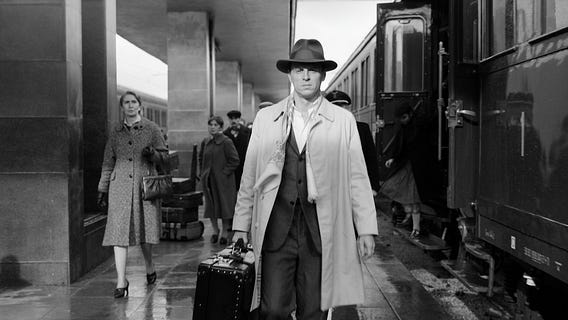The app for independent voices
With a headful of RIPLEY, I revisited Patricia Highsmith’s advice for writers, crisply presented in a plainspoken book, PLOTTING AND WRITING SUSPENSE FICTION. All her principles apply to any kind of storytelling. She begins, “The first person you should think of pleasing, in writing a book, is yourself.”
On morality: “Creative people do nor pass moral judgments—at least not at once—on what meets their eye. There is time for that later in what they create, if they are so inclined, but art essentially has nothing to do with morality, convention or morality.”
On starting: “To have the necessary momentum, that steady flow that is going to finish the book, you should wait until you feel the story welling up.”
On the creative spirit: “Writers and painters have by nature little in the way of protective shells and try all their lives to remove what they have, since various buffetings and impressions are the material they need to work from.”
On plot: “If I know everything that is going to happen, it is not so much fun writing it. But more important is the fact that a flexible plot line lets the characters move and make decisions like living people…”
On the matter of beginning a story, she demonstrates her focus on action with examples from her work. From THE TALENTED MR. RIPLEY:
“Tom glanced behind him and saw the man coming out of the Green Cage, heading his way. Tom walked faster. There was no doubt the man was after him. Tom had noticed him five minutes ago, eyeing him carefully from a table as if he weren’t quite sure, but almost. He had looked sure enough for Tom to down his drink in a hurry, pay and get out.”

